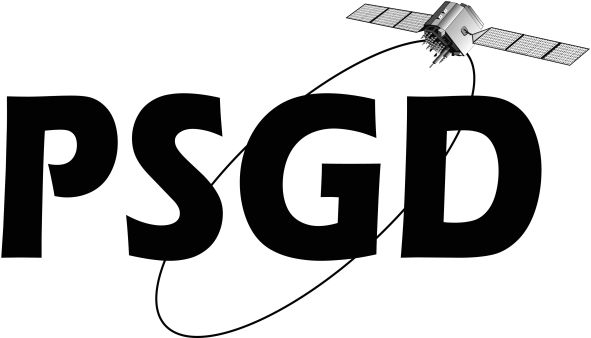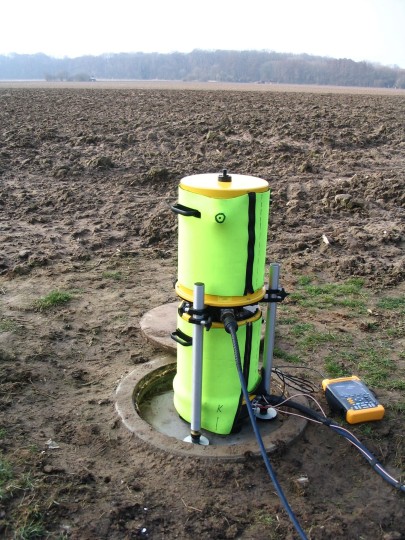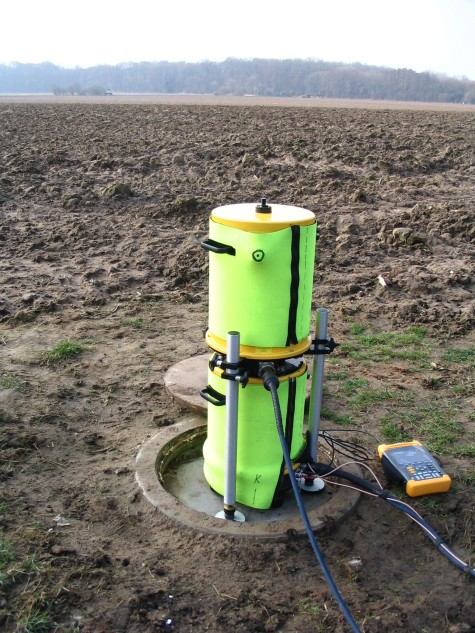The gravity field is generated as the sum of gravitation potential generated by the Earth's mass distribution and the centrifugal potential as a result of Earth rotation.
The undisturbed ocean surface can be seen (approximately) as a visualization of an equipotential surface of the gravity field. This surface served as zero reference point for our height systems in the past. Nowadays the zero reference point is being established by accurate point coordinates in the international terrestrial reference system and those points' gravity potential values.
The gradient of the gravity field is gravity, an acceleration which is measured by a gravimeter. Gravimeter measurements and satellite observations are now the basis for the calculation of the gravity field. Special satellite missions, such as GRACE and GOCE, have enabled us to observe gravity field variations and also the possible causes for variations, such as climate change with geophysical and hydrological effects.
Research at PSG is involved in the following subjects:
- Gravimetry
- Geoid determination
- Mass transport in system Earth





